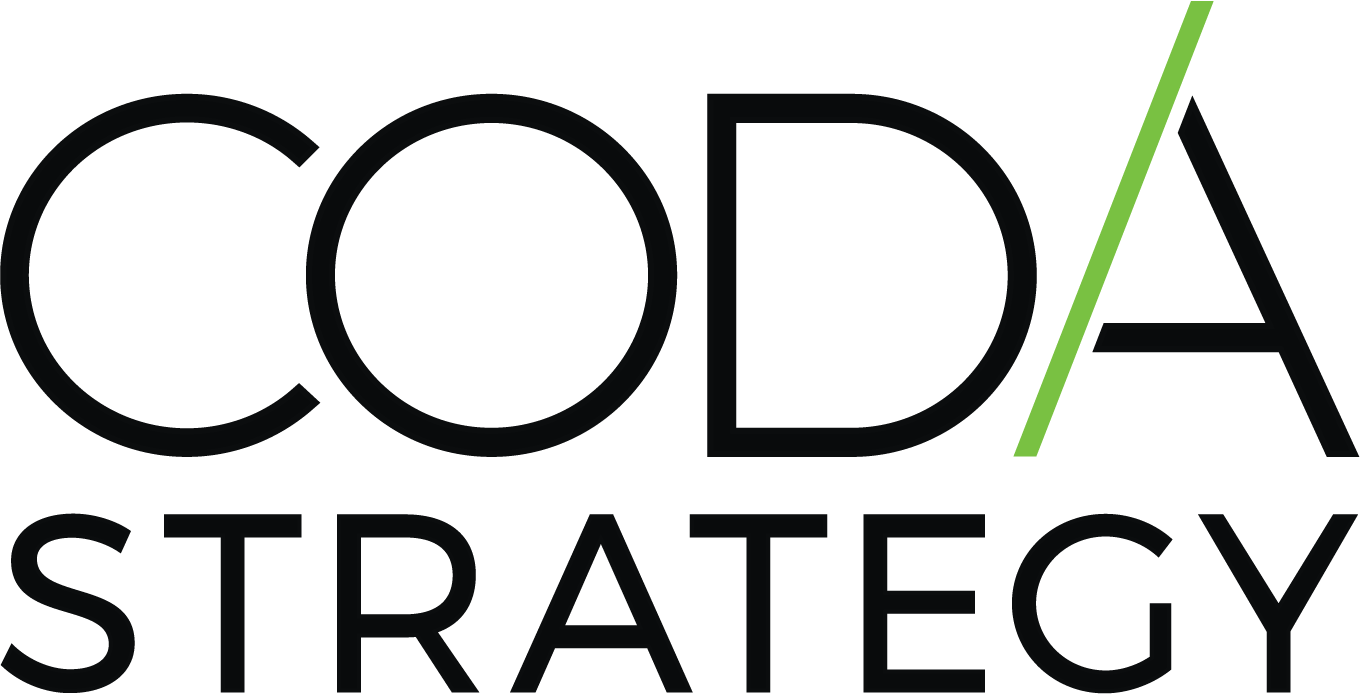
Scaling operations for a business requires more than just ambition; it demands a thoughtful approach to managing resources. Without careful allocation of time, talent, and budget, growth can quickly lead to inefficiencies and missed opportunities. By optimizing how resources are distributed across operations, businesses can enhance productivity, maintain quality, and ensure sustainable expansion. This article explores strategies that can help business leaders effectively allocate resources to drive growth while minimizing risks and maintaining operational balance.
Understanding Your Resources for Scaling Operations
Efficient resource allocation for scaling operations starts with a clear understanding of financials, inventory, and other critical data points. Gaining real-time visibility into these areas enables businesses to make informed decisions that align with their growth objectives. Converting static reports through PDF to Excel transformation unlocks opportunities for deeper analysis and faster decision-making by providing editable and dynamic data formats. This streamlined approach reduces manual effort, minimizes errors, and supports scalability by enabling more informed and strategic resource management.
Training for Sustainable Growth
Investing in your workforce through strategic training and development is crucial for aligning with your company’s operational goals. By equipping employees with the necessary skills, you enhance productivity and job satisfaction, fostering a culture of continuous improvement. Utilizing modern technology, such as cloud-based platforms and AI-driven systems, can make training programs more accessible and scalable. This minimizes inefficiencies and positions your business for sustainable growth in a competitive environment.
Reevaluating Strategies
To keep your business agile and responsive to market changes, regularly evaluating your resource allocation strategies is essential. Moreover, this practice ensures that resources are aligned with your evolving business objectives, maximizing their effectiveness. Identifying areas where resources are underutilized or misallocated enables you to make timely adjustments to boost productivity and efficiency. Regular reviews also open doors for innovation and cost savings, fostering a proactive approach to resource management.
Investing in Key Infrastructure
To ensure long-term success, allocate resources towards scalable infrastructure that fosters both growth and cost efficiency. By investing in resilient sectors with potential, you can align your business with broader trends in AI, cloud computing, and connectivity. This strategy prepares your business for future technological advancements and supports the seamless operation of digital ecosystems. Thus, with venture capital re-emerging as a cornerstone of tech investment, focusing on infrastructure can position your business to meet the increasing demand for data-intensive technologies, ensuring a competitive edge in an interconnected world.
Using ERP Systems
Integrating an Enterprise Resource Planning (ERP) system into your business operations can significantly enhance resource management and operational efficiency. By consolidating core business processes like finance, human resources, and supply chain management into a single platform, ERP systems offer a unified view of your organization’s data. This centralization streamlines workflows and minimizes manual errors, ultimately reducing costs. As your business grows, the scalability of ERP systems allows for the addition of new modules and functionalities, ensuring that your software evolves alongside your company. Moreover, with built-in risk management features, ERP systems help protect your organization against potential financial losses and ensure compliance with industry regulations.
Scaling Operations with Data
Using data analytics to optimize resource allocation can boost operational efficiency. By examining data across various operational sectors, you can identify underutilized resources, such as surplus inventory or redundant staffing, and relocate them to areas with higher demand. This approach reduces unnecessary costs and enhances productivity. For example, employing predictive analytics can help forecast demand fluctuations, allowing you to adjust staffing levels accordingly. As a result, this method streamlines operations and ensures your business remains agile and competitive in a rapidly changing market. Embracing a data-driven strategy enables you to optimize inventory management, reduce energy consumption, and streamline staffing, ultimately leading to increased profitability.
By adopting these strategic approaches to scaling operations, businesses can ensure their resources are effectively utilized to meet strategic goals. This dedication to optimizing resource allocation boosts productivity and profitability and sets the stage for sustained growth and success in an ever-evolving market.
Discover how Coda Strategy can transform your business with cutting-edge digital solutions and expert consultancy—visit Coda Strategy to start your journey into the digital age today!




